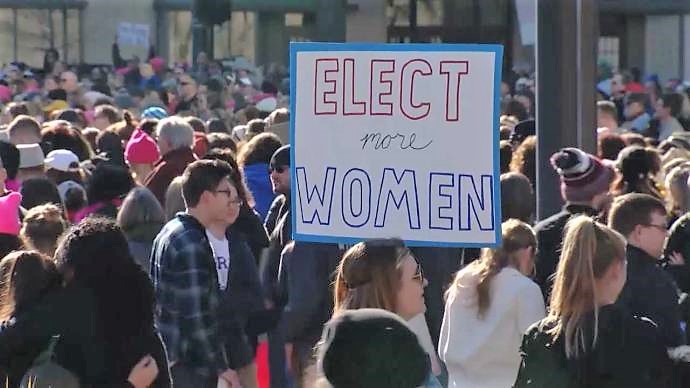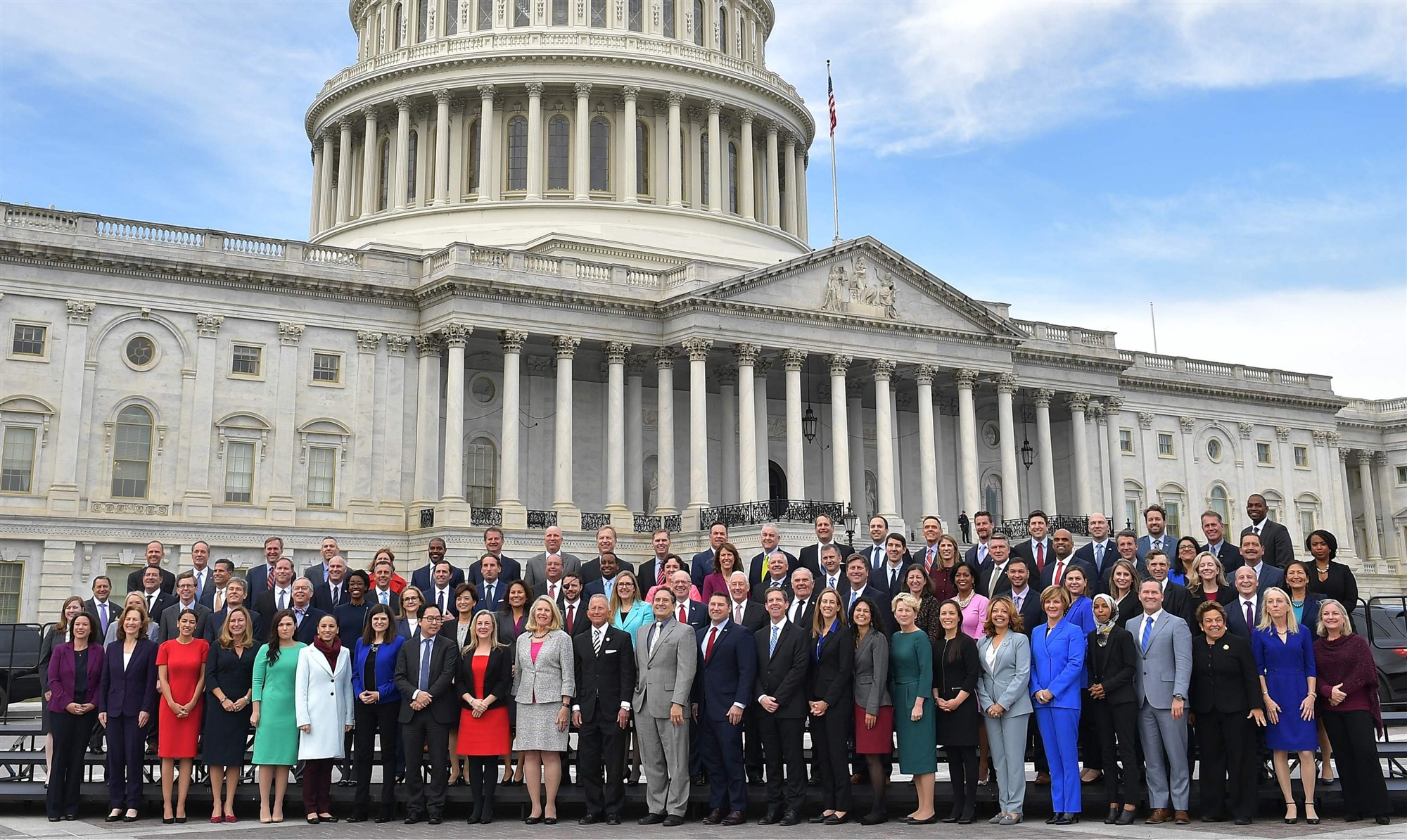Nearly two years after women spilled out into the streets of Washington and in cities across the country in defiance of the inauguration of President Trump, the nation is sending more women than ever before to the House.
The record number of women who will be members of the incoming class of lawmakers could have a stark impact on politics in the nation’s capital, particularly within the Democratic Party, after a midterm election that was widely seen as a referendum on Trump’s first term.
Women have never held more than 84 of the House’s 435 seats, so the midterm election of at least 101 women easily shattered the record.
The members-elect are in Washington for orientation — providing visual proof of the history America made last week.
Among them is Jennifer Wexton, a Virginia state senator who defeated incumbent Barbara Comstock in one of the most closely watched races across the country.
And Alexandria Ocasio-Cortez, the former Bernie Sanders organizer who won an upset primary victory over a senior House Democrat, will also head to Congress.
The Election Day gains by women were the capstone on a midterm election that has been defined by the energy of women, both on the political left and right.
Women not only ran for office at an unprecedented rate, several knocked off white, male incumbents during their party primaries. They mobilized on the grassroots level, and played larger roles as donors than in previous election cycles.
There was also a historic gender gap that showed women more supportive of Democrats than Republicans.
According to VoteCast, women voted considerably more in favor of their congressional Democratic candidate:
About 6 in 10 voted for the Democrat, compared with 4 in 10 for the Republican.
Men, by contrast, were more evenly divided in their vote.
The surge of female candidates this year has drawn comparisons to the “Year of the Woman,” when in 1992 voters sent 47 women to the House, and four women joined the Senate bringing women’s numbers to six.
This year, women not only increased their numbers, but the new class of lawmakers includes women from a wide patchwork of backgrounds, adding to a Congress that is expected to be more diverse.
“This isn’t just the year of the woman, this is the year of every woman,” said Cecile Richards, who served as the president of Planned Parenthood for more than a decade, noting the groundbreaking diversity among the women who have run for office this year.
Texas is set to send its first Hispanic women to Congress, as Democrats Veronica Escobar and Sylvia Garcia both won their races.
In Kansas, Sharice Davids, a Democrat running in a suburban Kansas City district, will become one of the first Native American women elected to Congress, and the first openly LGBT person to represent Kansas at the federal level.


